When we decide to add to our collection of lenses or purchase lenses for the first time, it can be a challenge select one over another. This article highlights lenses by categories starting with wide & ultra-wide, midrange and telephoto along with where they shine. Links to related articles along with a lens rating site are included. I'll also share a few of lessons learned over time and my current gear.
Prime times and zoom moments exist in just about every situation. For those that have both prime and zoom lenses, sometimes choosing which lens to take or pack can be a dilemma. There's also the cost factor when purchasing lenses as our choices are ‘expensive' and ‘less expensive'.
First, a quick overview. A prime lens has a constant, fixed focal length. The 50mm as an example (also known as the “nifty fifty”) is a popular, high quality lens. It's sharp, fast, lightweight, cost effective and fun.
A zoom lens expands a range of focal lengths. Zoom lenses provide flexibility in zooming in or out using various focal lengths based on a lens' given range. As an example, a 24-70mm zoom midrange lens covers multiple types of general photography such as street, portrait and landscapes to name a few.
Many photographers will share that their go-to lenses are their zooms. Other photographers will swear by their primes. Personal preference and photography goals should dictate purchasing decisions.
Wide & Ultra Wide Angle Lenses
A wide angle lens is 35mm focal length or less. An ultra-wide is 24mm or less. These lenses are typically used to photograph large scenes, large scale objects and small, enclosed spaces. A characteristic of a wide angle is that distance appears exaggerated between near and far subjects. Subjects that are close appear much larger when compared to farther away subjects. Those that are a little further in the background can appear very small and distant. The depth of field is also vast across the image. Ultra wide angles create interesting, creative and distorted perspectives.
A pier on the beach at 24mm:
Prime wide angle focal lengths: 14, 20, 24, 28 and 35mm lenses
Zoom wide angle lenses: There are a variety of zoom wide angles available. For example, Nikon's 14-24mm 2.8 ultra-wide and 24-70mm 2.8 wide to midrange zoom (this overlaps a midrange focal length). These lenses are more expensive than a prime but they give more flexibility with the broader range.
Midrange Lenses
Many photographers will share that one of the most valuable lenses in their toolkit is a midrange zoom. The midrange starts from a wide angle focal length to the short end of the telephoto range. This flexibility makes it useful as an every day, general purpose lens. There are many different ranges and quality available from Nikon, Canon and other manufacturers. Even though zooms are heavier and more costly than primes, the flexibility combined with image quality (depending on the lens) edges out primes for some photographers.
If choosing primes: 28mm, 35mm, 50mm and 85mm are proven performers in terms of image quality, weight, speed and price. My primes include a 28, 50 and 85 1.8G from Nikon. When shooting with a prime, I make a decision to stick with that focal length for the given shoot. Working with one focal length sharpens the eye and creativity.
A west Texas morning landscape using a 50mm:
Telephoto Lenses
Telephoto zoom lenses allow you to get close to your subject without getting as close to your subject physically. Telephoto zooms are very helpful in wildlife photography as quickly changing the focal length may be necessary to photograph a bird or animal as it darts in and out. With example ranges of 70-200mm, 70-300mm, 100-400, 150-600 across camera manufacturers, telephotos bring wildlife and other subjects close.
A Texas Jack Rabbit using Tamron 150-600mm:
Telephoto primes offer amazing quality, sharpness and detail. 300, 400, 500 and 600mm primes (and telephoto zooms) are often seen on the sidelines at sporting events in addition to wildlife and nature settings.
Telephoto zooms and primes vary significantly in cost based on the focal length, glass quality and maximum aperture. As prices can range from $1000 to well over $10,000USD, renting before buying or talking with other owners of those lenses is encouraged.
Links to Articles
At Light Stalking, we've written many articles on specific lenses including primes and zooms. Here's a few that you may find useful when considering a lens or lenses.
- How I Researched my Lens Purchases
- 7 Reasons Why Prime Lenses are Better than Zoom Lenses to Improve Your Photography
- Want to Fall In Love with a Lens? Try a Prime Lens
- How Photographers Use a Prime Lens to Improve their Technique
- Getting the Most Out of a Telephoto with 8 Useful Tips
- 4 Reasons to Try a Zoom Lens
Lessons Learned/Current Gear
As lenses have come and gone in my bag, there's a few lessons that I wish I had applied earlier in my photography.
1) The best lens is the one in your hand. Don't avoid a situation or work a scene because you may not have the ‘right lens for the job' on your camera at the time. Creative images come from photographers dipping in to unique and different perspectives.
2) Buy the best lens you can afford for the subject that most interests you. I started with kit lenses (they are now my in my husband's camera bag) and they worked. As interests expand, so will lens choices. My first non-kit lens was a 105mm Macro and it's what I use today. My second was the 14-24mm 2.8. This was at the high end of what I could afford. Years later I'm glad I made that investment.
3) If choosing telephotos, have at least one prime. The 50mm simply rocks and it was my midrange for a long period of time. Conversely, if you go the prime route, I would recommend one general purpose lens for convenience and additional reach.
4) Nature photography on a budget. I do want a high-end pro telephoto but I can't go that route yet. Today, I have a combo of a Tamron 150-600mm for reach and added a 70-200mm 2.8 with a 1.4III teleconverter for closer bird and wildlife shots.
5) My travel camera bag today consists of a full frame and a cropped sensor body. 6 regularly used lenses include Nikon's 14-24mm, 24-70mm, 70-200mm, 105mm and a 50mm (I just can't leave that little guy behind). I also use Tamron's 150-600mm for reach and it's a terrific price performer.
And lastly, when looking for information about a lens or other tool, don't forget that our blog page has a search feature. Just type in the topic and a detail or two and a plethora of articles will be available.
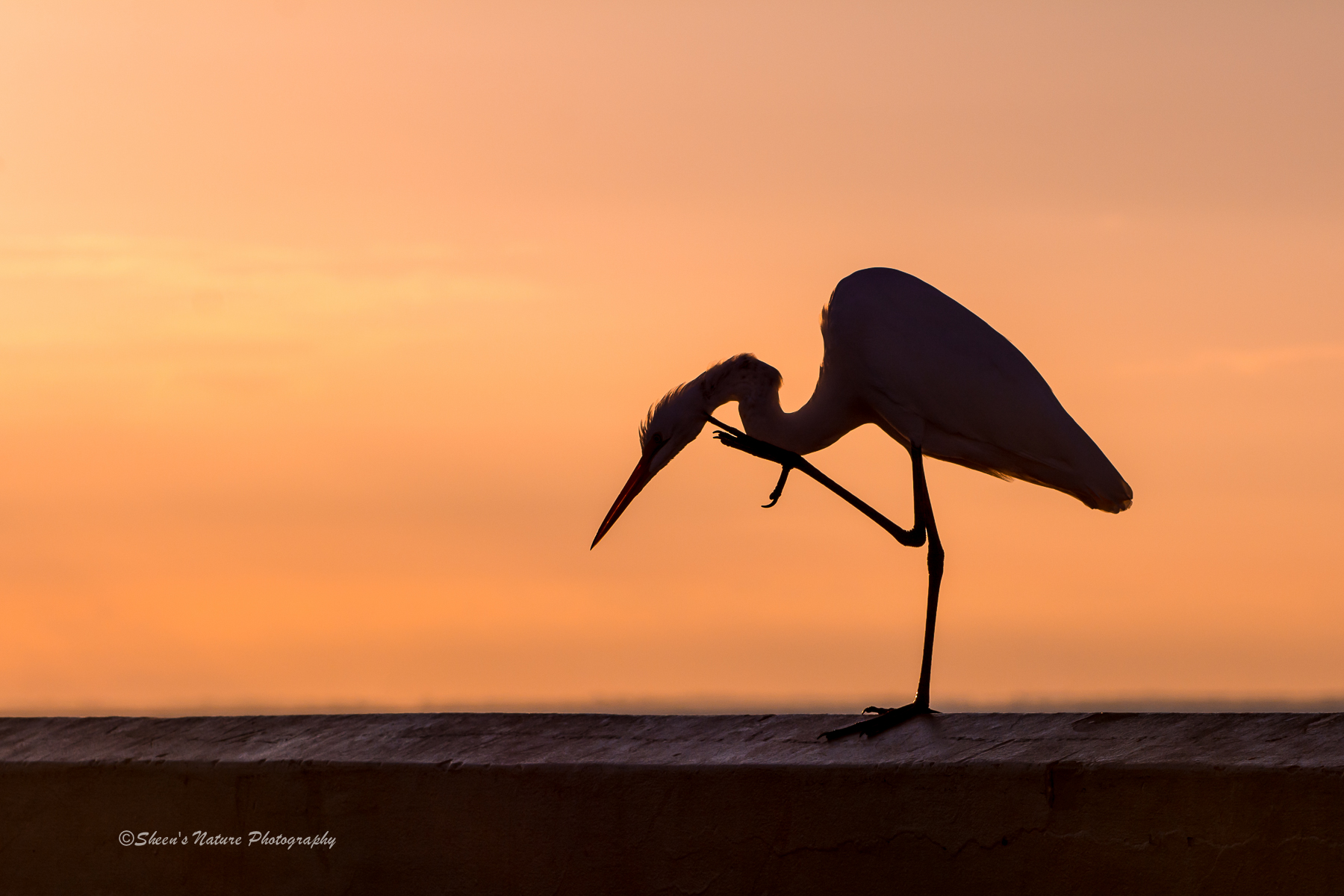
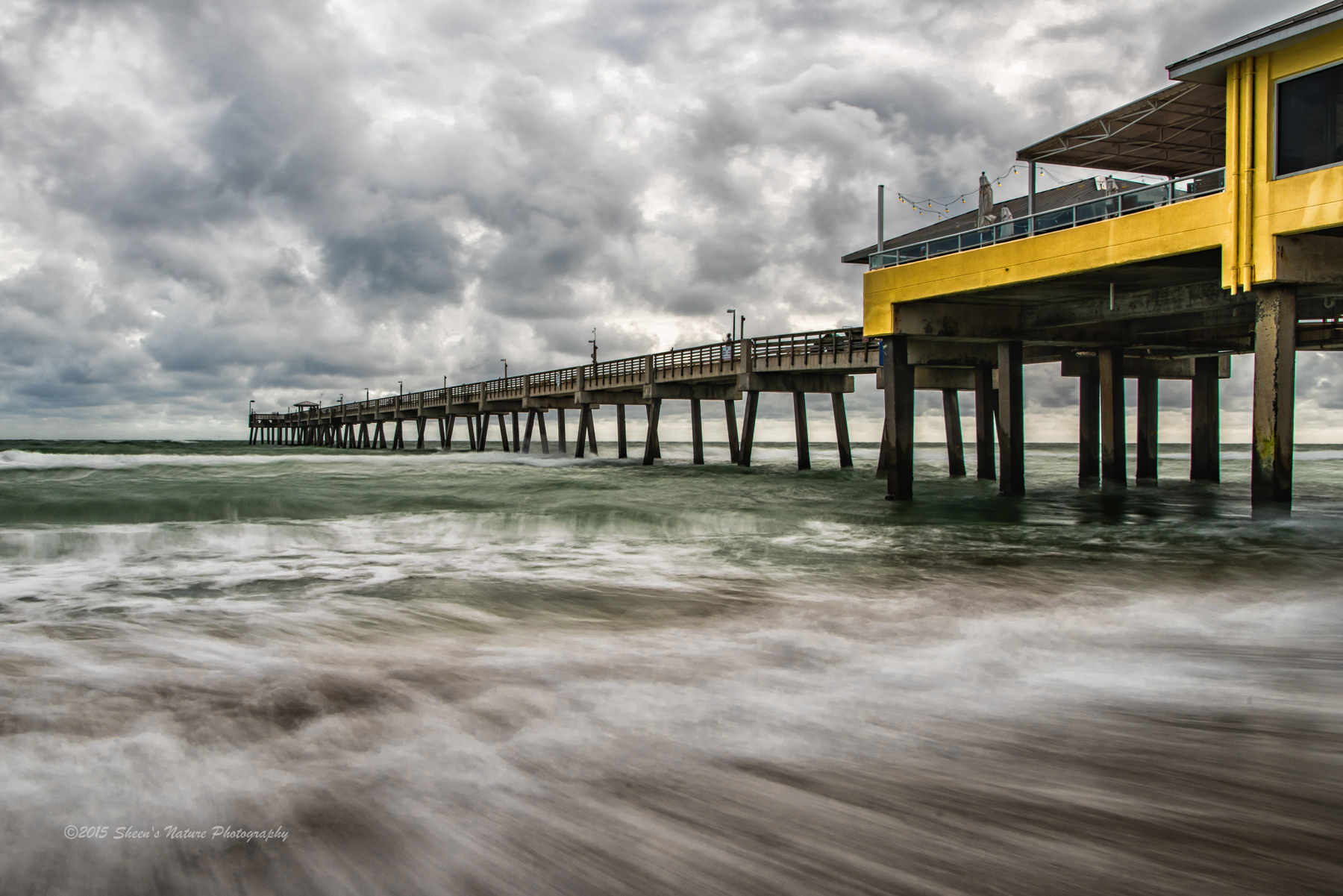
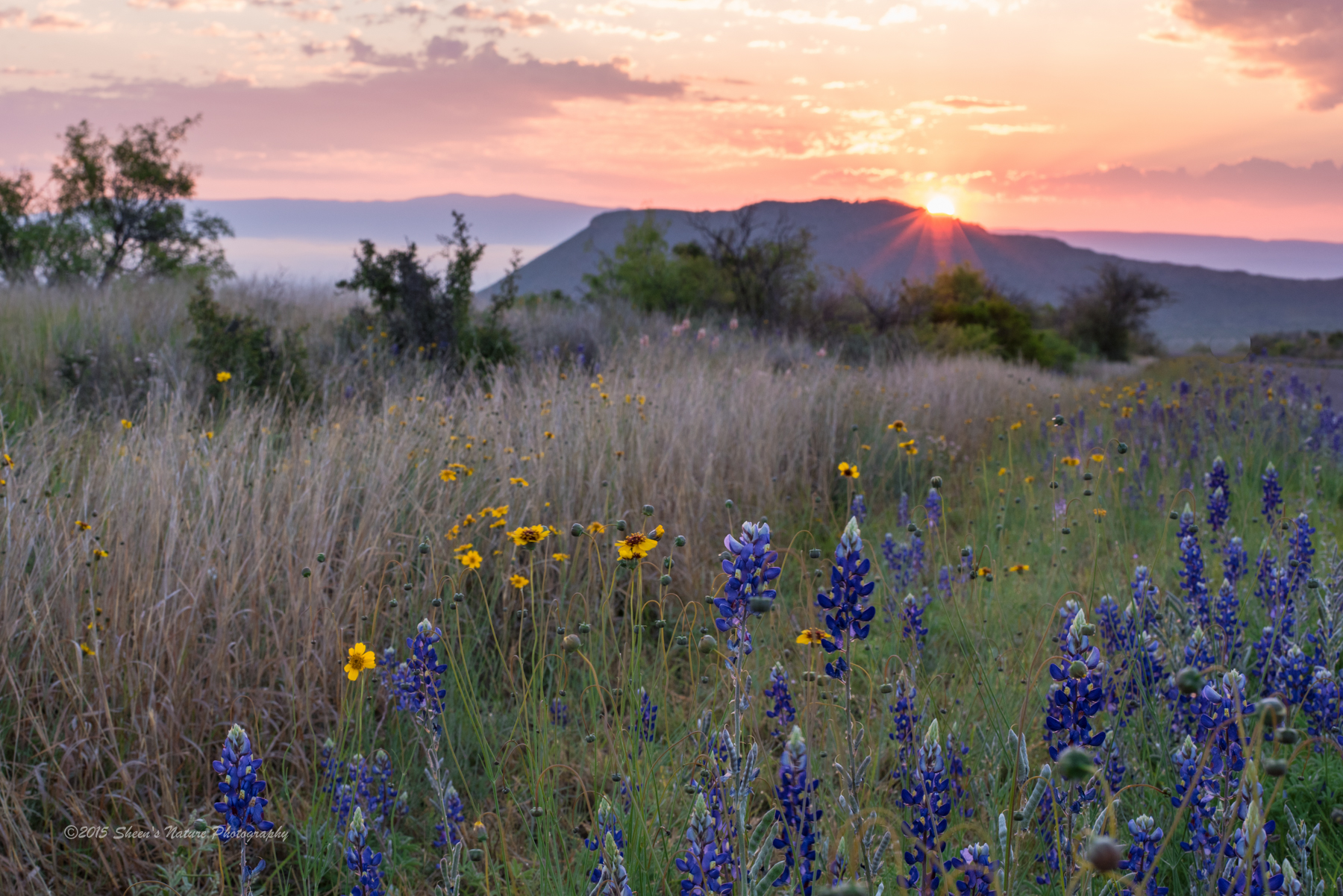
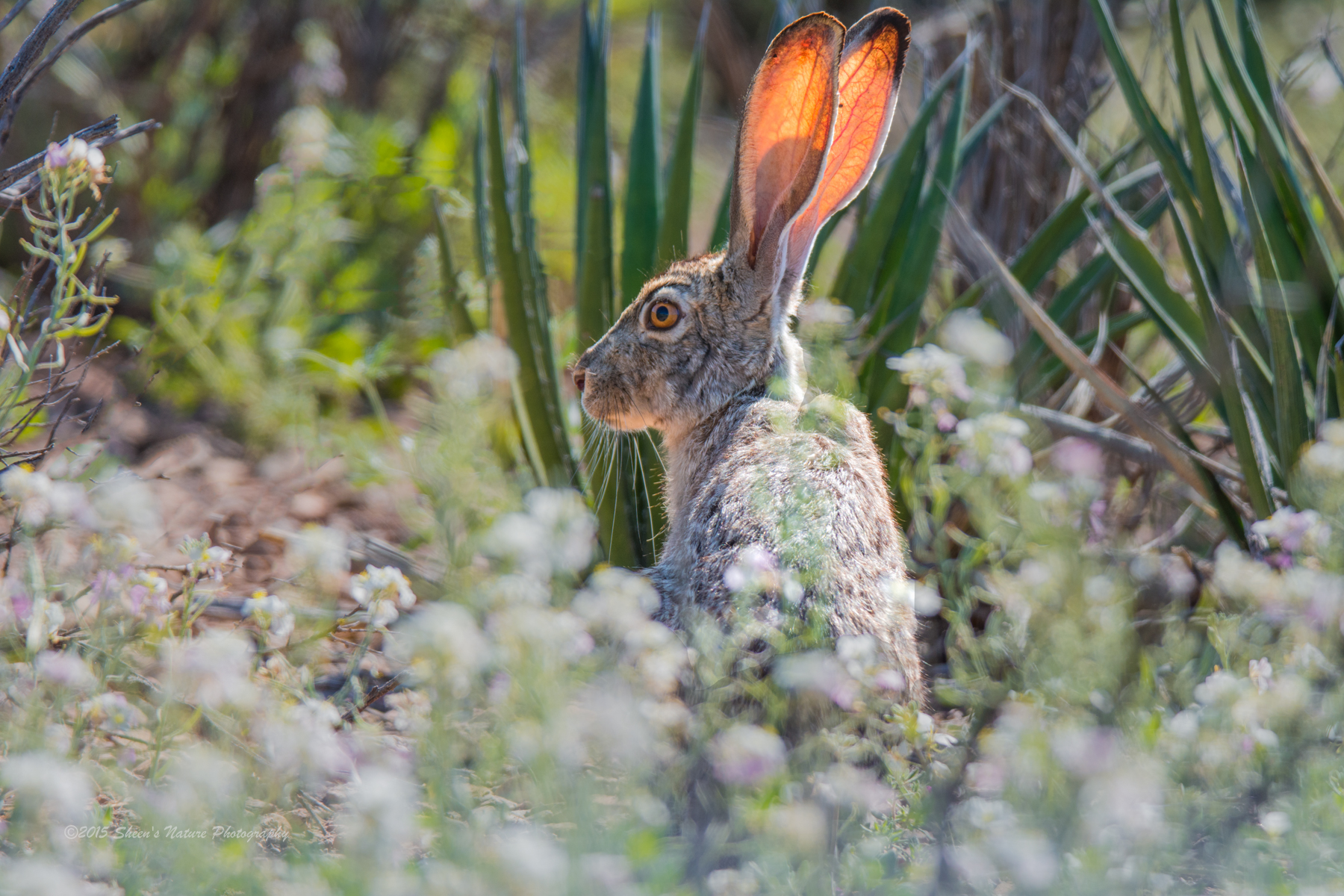



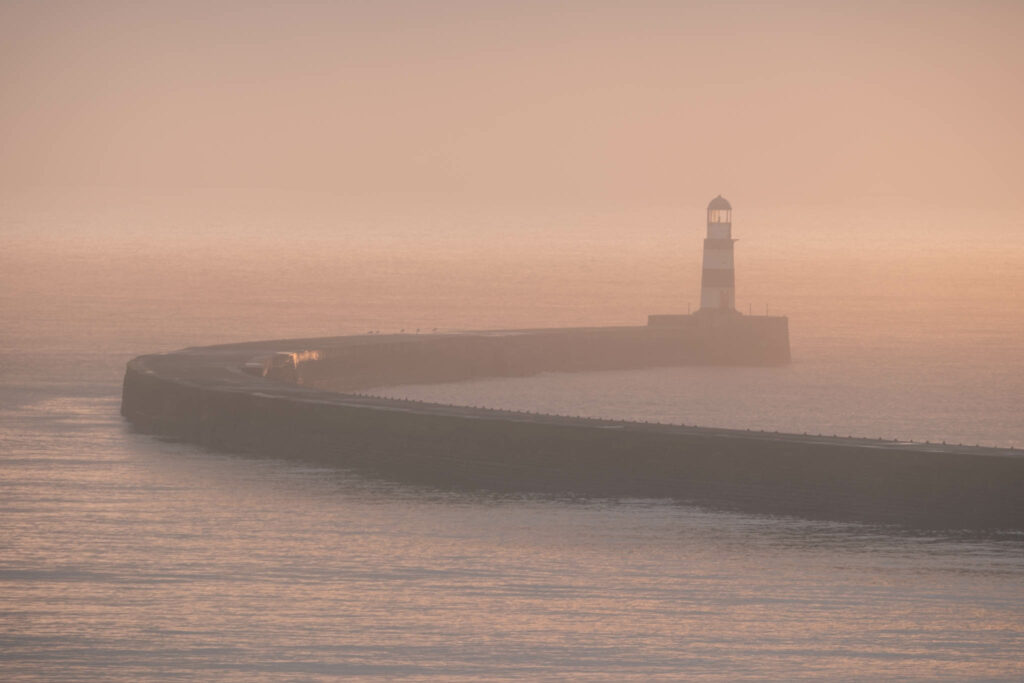
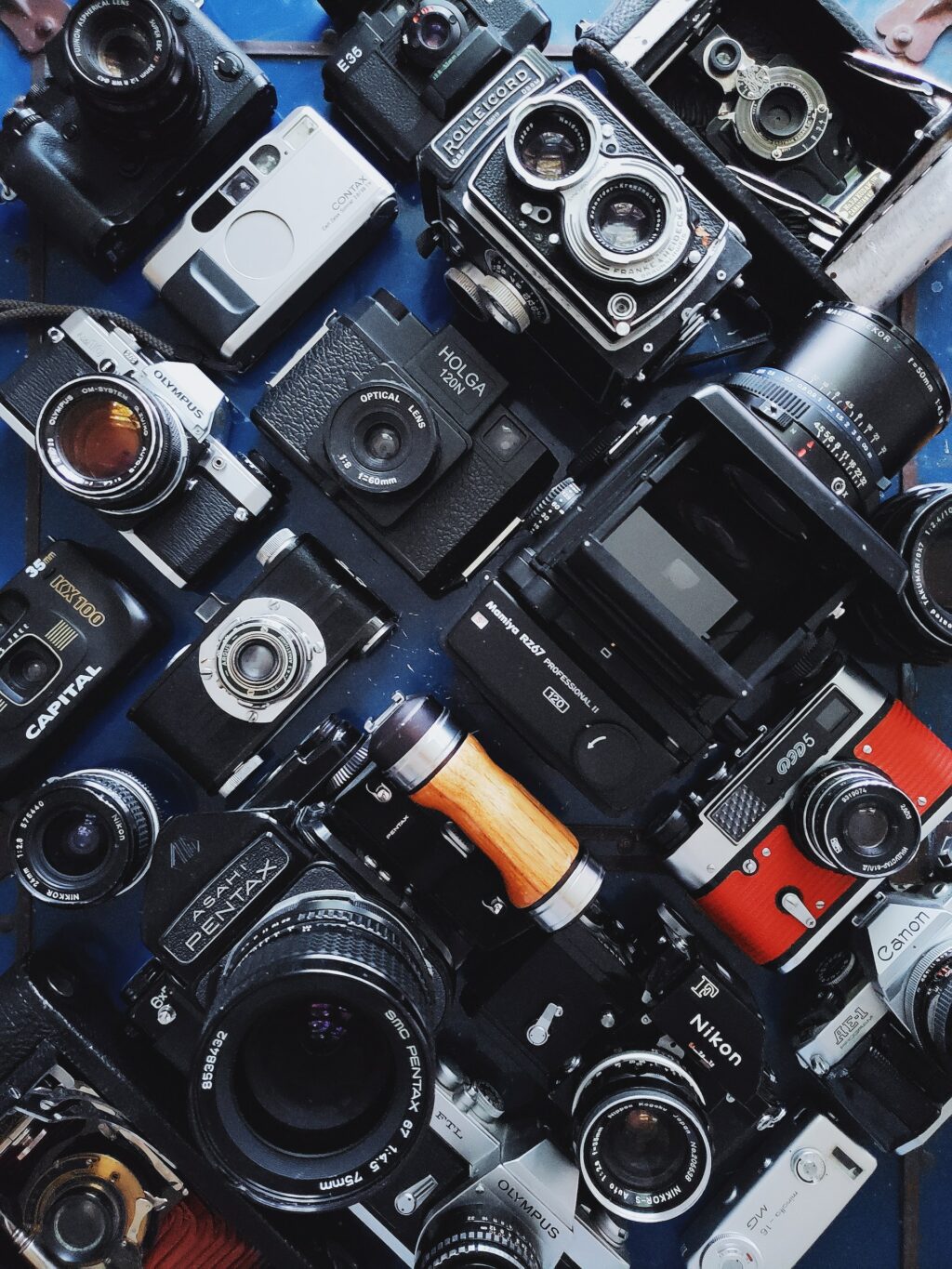
3 Comments
When you are discussing lenses in this article, are you pairing them with a full frame of cropped frame camera? I ask because a 35mm on a full frame is like a 50mm on a cropped.
Hi Craig…I am referring to a full frame camera, not a cropped sensor. Thanks for the inquiry!
Thank you for the follow-up. So when you say a 35mm would exaggerate distances on a full-frame, would it still do that on a cropped sensor?